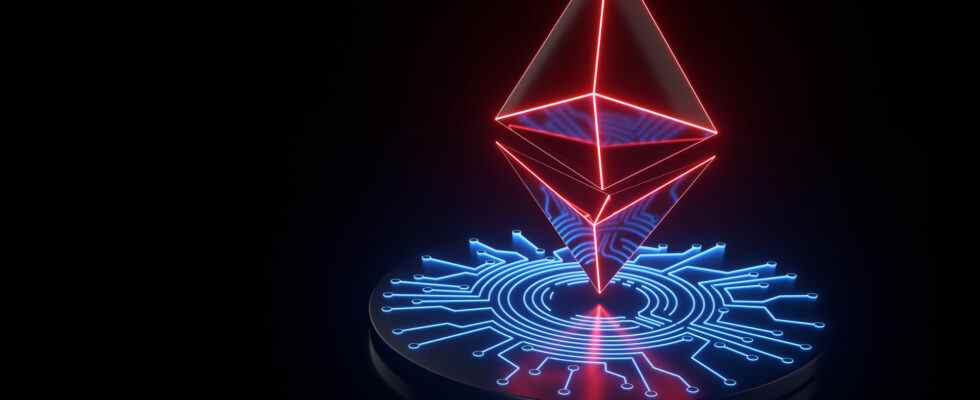After the Ethereum (ETH) Merge update, you can find information about the reward rates of network validators and the effects of the MEV (Maximum Extractable Value) mechanism in the details of our news.
The Ethereum network is set to transition from a Proof of Work (PoW) mining system to a Proof of Stake (PoS) system on September 15. This system is expected to benefit reductions in energy use, decentralization and strengthening network security.
The termination of PoW mining will result in execution layer transaction fees being paid to the PoS validators. London fork included with EIP-1559 Due to the transaction fee burn mechanism, a large portion of the residual fees actually paid to the validators “Max. Extractable ValueIt is a result of ”(MEV).
So what is this MEV??
The maximum extractable value (MEV) refers to the maximum value that can be derived from block production that exceeds the standard block reward and transaction fees by including, excluding, and changing the order of transactions in a block. The MEV system, which monitors transactions for each block and analyzes the profit rate in these transactions for the advantage of validators, has always been a complicated issue for Ethereum developers.
Ethereum after Merge update, average 13.5 seconds instead of variable block intervals Fixed block intervals of 12 seconds will have. This stability is not expected to cause a significant change on EEV payments.
Validation reward to be paid to validators after Merge, based on March 2022-August 2022 data 6.1% APR will be. When calculating this ratio, both MEV and consensus tier rewards are included in the calculation. However, the annual return of 6.1% is variable and it should not be forgotten that the operation of the network reward depends on a kind of “luck” system.
Another consequence of the Merge transition will be that transaction fees will be paid to the validators who find the block and make it available to the network, not those who approve blocks with mining devices and include them in the network, as in the current system. This transaction fee reward will be given to a randomly selected validator for every 12 second block.
At this point, it is important for Ethereum operators to be able to predict the annual change in validator revenues after the merge. When 1-year simulation data is presented for 420 thousand validators increase in annual return performance draws attention. These data, which are defined as APR and represent the annual percentage rate of return, are determined by the network consensus of a stable validator study and the MEV algorithm. 24.84% shows that it will increase with an increasing acceleration until it reaches the ratio. The reward rate will reach stability when a return of 24.84% is achieved on the APR side.
This data is for each validator. does not provide 100% accuracy we must not forget. In the “high MEV” period from September 2021 to February 2022 seen in the simulation example, the algorithm’s APR 3% and it is seen that it contributes to the reward with its increasing multiples. However, the return contribution of the MEV during the “low MEV” from March 2022 to August 2022 1.5%Can’t pass. However, some validators can generate almost no returns from MEV for a year, while a lucky few can achieve returns above 100%.
According to this simplified simulation data with excellent participation rate, for 50% of validators approximately 5.7% with 8.5% a rate of return is reached. At this point “the luckiest 1%Validators referred to as ” Close to 30% annual return they will be able to achieve. Same way “the unluckiest 1%” is annual only 4.2% return will be limited to
